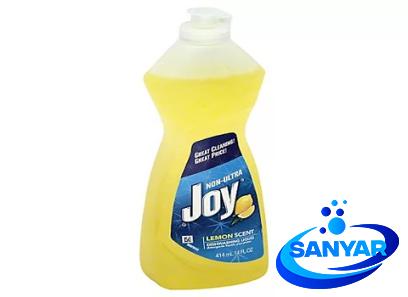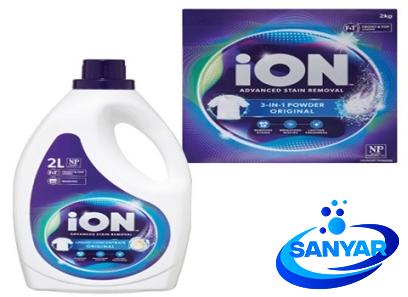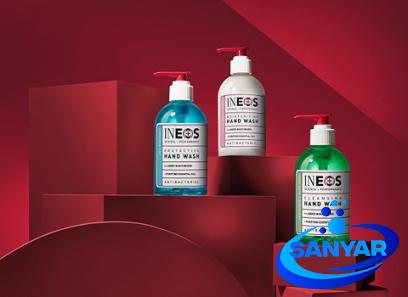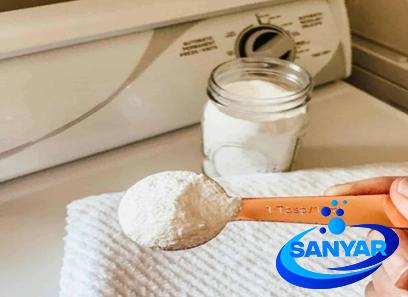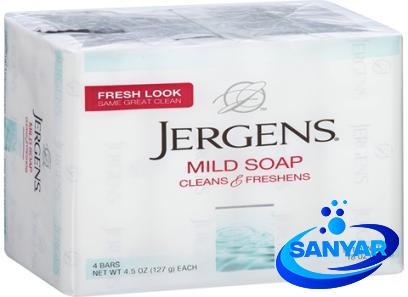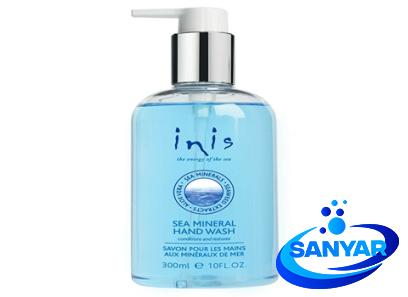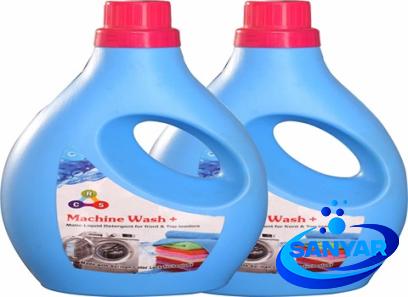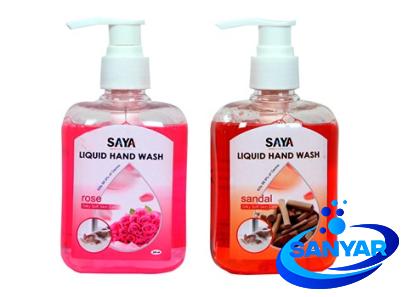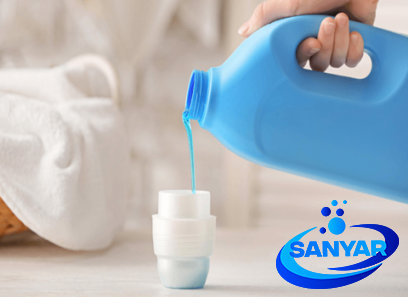Buy Detergent Chemistry Selling all types of Detergent Chemistry at a reasonable price
PH ratio of each chemical detergent is quite different, and chaps help the detergent molecules for chemistry solubilizing
We have many combinations among the detergent that you may have heard about some of their names
We will look at the technical aspects of detergents in this article to grasp the specifics of detergents and the consequences of each chemical composition and pH concentration
In the detergent industry, various names and brands are similar in most chemicals but vary based on the enzymes or perfumes employed
It should not be forgotten that, depending on their equipment, some firms can make compounds with higher performance
In the sector of detergents, German businesses are now at the forefront
Manufacturers have always strived to design and manufacture detergent compounds based on the present conditions of each region and the current demands of individuals and communities, which has resulted in a range of changes over time
Detergents are made up of continually changing chemicals because of people’s needs
However, progress is not always favorable because, as science advances, the use of chemicals in detergents has increased, which hurts nature because, in any case, some of them will end up in the environment as waste
Even as the population grows and detergent consumption rises, more plastic is utilized for packaging, resulting in massive amounts of plastic entering the atmosphere
It is critical to consider the recycling process for these plastics
Another drawback of detergent industry advancements is the increased dose of detergent enzymes in detergents, which increases the incidence of numerous skin disorders and causes lung cancer due to inhalation
Detergent Chemistry
The chemistry of each detergent has its structure
We’ll go over the most significant onesو, one by one, and describe where they’re used
Currently, the amount of detergents available has expanded to such an extent that even industrial organizations use detergents to clean their equipment, whether grease or other impurities
Knowing the chemistry of each detergent is essential in this section
It’s crucial because we need to know which detergent to use for the pollutants we need to get rid of them
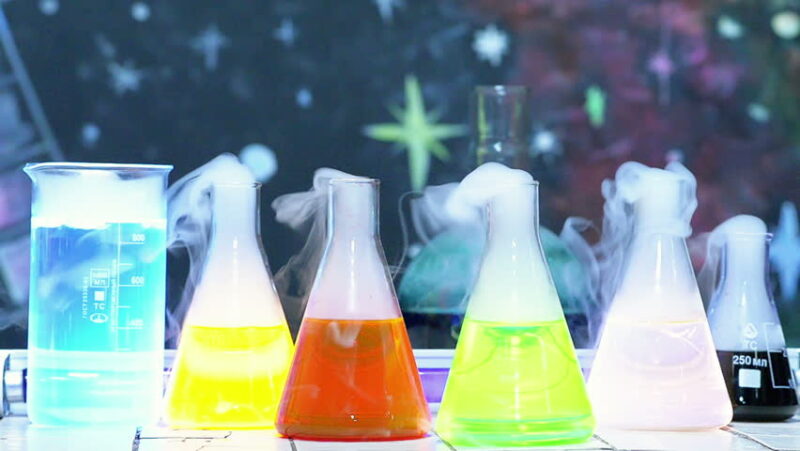
Anionic and cationic detergents are separated into two categories: anionic powder detergents and cationic liquid detergents
In this case, we must first comprehend the significance of the anion used in powder detergents
Negatively charged detergents are known as anionic detergents
Anionic detergent ingredients have two parts, one of which is hydrophobic and the other of which is hydrophilic; the alkyl part is hydrophobic, and the sulfate part is hydrophilic
The anionic detergents are separated into two groups: those with branched alkyl handles have become obsolete, while those with linear alkyl handles have remained, and the only justification for their survival is that they are less hazardous to the environment
To offer an example of some of the compounds utilized in anionic detergents, sodium lauryl sodium, Sodium Laureth Sulfate, and the chemical compound name ammonium lauryl sulfate can be mentioned
It’s also worth noting that soap compounds are no longer widely used in shampoo manufacture due to their lack of characteristics
The critical thing to remember about anionic detergents is that their hydrophilic component has a negative charge in the solution
We’ve learned enough about anionic detergents, and now we’ll learn everything there is to know about cationic detergents in this part
To begin with, cationic detergents’ components are formed from ammonia since the center of their sulfates has a positive charge, and instead of anionic sulfonates, they have ammonium at the end poles
Cationic detergents are less frequent than anionic detergents in terms of usage
When it comes to cleaning, cationic detergents have far lower cleaning characteristics than anions, even though cationic detergents have significantly stronger antibacterial strength
It’s important to remember that combining anionic and cationic detergents not only increases their cleaning power but also decreases it because cationic detergents lose their antibacterial qualities when combined
The amino acids in these compounds are attached because the carboxyl group of hair creatine may readily attach and make our hair comb better
Its compounds used in cationic detergents are also utilized in hair conditioners, but they are not employed as conditioners
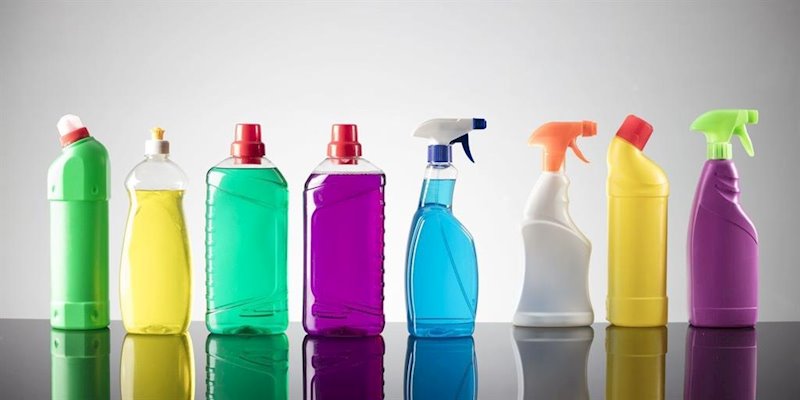
Cationic detergents are most commonly used in fabric softeners and children’s laundry detergents for nonionic and anionic materials
Over the last phase, some fabrics with a negative charge in terms of qualities should be washed with cationic detergents because their anionic property is balanced and eliminated with cationic detergents, whereas negative ions remain if anionic detergents are used
It sticks to the garments, so we occasionally realize that our clothes haven’t been properly washed
Detergent PH
Before we go into the ph of detergents, it’s critical to understand what PH stands for
The PH scale evaluates whether a solution is acidic or alkaline
The pH ranges from zero to fourteen
This range is split into two sections, each with seven units
The word pH stands for Potential of Hydrogen; acidic compounds in the range of 0-7 are used to eliminate things like rust and calcium; naturally, the number 7 is neutral, water
Our alkalis in ranges seven and higher are also efficient on organic materials such as proteins and lipids
To help you grasp this issue, I’ll give you some samples of detergents and their pH levels
Bleaches containing chlorine are classified as alkaline compounds, and their caustic nature necessitates caution while using them
This numerical material has a pH of roughly 11 to 13
It’s common advice to avoid mixing bleach with chemicals or other detergents
Dishwashing soap is typically classified as a neutral detergent because its pH range is between 7-8, and because of its softness, we use it every day
Because cleaners for toilet bowls and washbasins must be able to disintegrate and eliminate minerals and organics effectively, their pH level is anywhere between 1_3; nevertheless, because their acidic condition is quite close to the most acidic state imaginable, you should use them with caution
Detergent Chemical Name
The chemical name of the detergent is the name of the chemical compounds that make it up in this section
So, in this section, we’ll go through the many names of these compounds and their structures
The first material that we are going to talk about is a substance used to stabilize the product’s final foam and has the viscosity of sanitary materials and can be used to enhance the final foam, minimize skin irritation, and improve hair condition
Coconut diethanolamide is the name of this chemical
The next component we’ll discuss is a compound found in gels, hair and body shampoos, dishwashing liquids, and detergents, and it’s utilized in conjunction with cationic and anionic amphoteric materials in the detergent sector
Due to the presence of amphoteric surfactants, this ingredient is used in many detergents and has features such as forming an appropriate foam and softening effect; this substance is called Cocamidopropyl betaine
Another ingredient worth mentioning is Disodium lauryl sulfosuccinate, which is yellow in color and is an excellent choice for children’s shampoos and bath solutions due to its low sensitivity to the eyes and skin
Keep in mind that this chemical should not be stored at temperatures below zero
These are the most common materials used in detergents; however, additional chemicals have unique qualities that cannot be detailed in this section and require a separate article to explain adequately
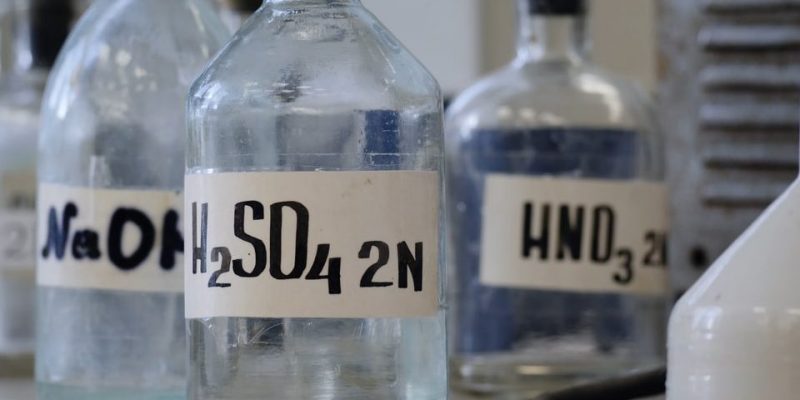
Chaps Detergent
The chemical compound 3 – [(3-Cocamidopropyl) dimethylammonio] -1-propane sulfonate is called CHAPS in the detergent business
This chemical is frequently employed in the dissolution of giant molecules
This substance is a yellow surfactant with a nonionic nature
At acidic pHs, it functions as cationic, while at alkaline pHs, it acts as anionic compounds
Compared to other compounds, this substance offers many advantages in terms of degreasing, detergent thickening, foam stabilizer, and compatibility with other anionic, cationic, and nonionic materials
Activators such as amine oxides are employed in the compounds to which this chemical has been added to enhance the quantity of foam in the product
In the world’s largest industries, they are attempting to replace this molecule with amine oxide compounds, which will give us improved efficiency and performance
Experiments in various laboratories revealed that two groups of anionic and nonionic groups were employed to improve dishwashing liquids to obtain a superb quality, and as a consequence, the pus’s emulsifying characteristics were considerably increased
Metal cleaners, infant shampoo, body shampoo, and face and hand washers include the abovementioned substance
It also offers much efficiency in diverse materials in significant sectors like drilling
Detergent Molecule
We’ll look at detergent molecules in this part, including how they operate and what they are
Detergents are made up of the following ingredients:
Surfactants
Softeners
Alkalis
Antifouling agents
Enzymes
Reactive oxygen bleaches
Antimicrobial agents
Softening agents for fabrics
Flavors
Optical clarifiers
Foam adjusters
Hydrotropes
Foam adjusters
Corrosion inhibitors are a group of chemicals that prevent metal from corroding
If we start with surfactant molecules, we can claim that they facilitate the release of dirt and grease because they have two hydrophobic and hydrophilic heads that considerably lower water surface tension by eliminating water molecules
There’s the cloth texture to consider
Their grease-loving head, which was liberated, absorbed the grease from the clothing, and the hydrophilic half of the molecule was liberated in our aqueous liquid by pushing away the water molecules, resulting in the contaminated areas of the garments being separated
The same physical motions that the washing machine does during operation are another explanation for separating this fat
Other chemical molecules include emollients, which, after surfactants separate fats, alkalize the environment and dissolve fats and pollutants, preventing the contaminated part from returning to our garments
Another component molecules include water-soluble precipitators, which will easily precipitate if they form a compound with sodium carbonate
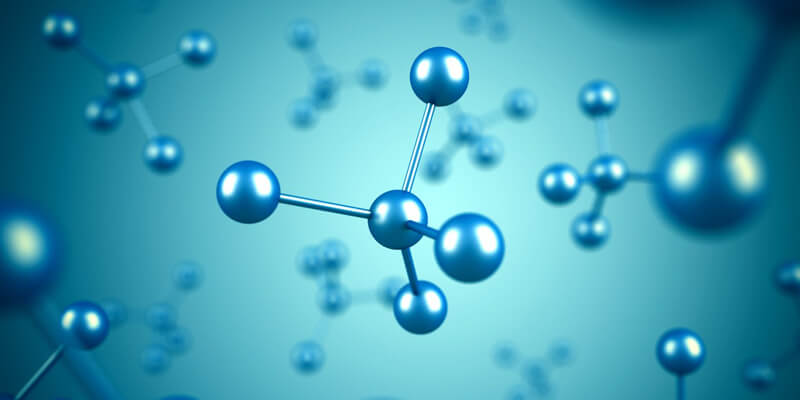
Detergent Symbol
In this part, we’ll look at the symbols of detergents one by one and the symbols of devices connected to detergents to ensure that we understand the meaning of each and that the symbols will be easier to understand from now on
First, we’ll look at a few of them that are both obvious and universal
One of the reasons symbols are commonly used is that everyone can readily comprehend the notion by viewing the symbols with less energy and time, and no additional explanation is required; nevertheless, it does need training that everyone should know
Detergent HS Code
Maybe we come up with the question of the hs code of detergent, but first of all, we need to know about the hs code itself
We need to find a method to speed things up in a world where there are so many commodities
The worldwide coding of these commodities, known as the HS code, is one of these options
Each product’s code is presented separately, along with its sub-categories and derivatives, and now we’ll look at HS codes for detergents
Each form of detergent, including powder, liquid, soap, and shampoo, has its code, and even if a number of components are added or removed, the comprehensive code cannot be used, and the codes under the extended code must be used instead
To put to use
Detergent Micelle
To better understand detergent micelles, we will explain them well and tell you their details
Micelles help to emulsify liquids
Micelles are employed to produce a wide range of goods, including detergents and cosmetic cleansers
Amphipathic molecules are combined to form polymeric micelles
And they’re active polymers
They’re utilized to deliver medications with the least amount of solubility
This approach can regulate the number of drugs or vary the size of the micelles generated
Surfactant compounds are substances that can lower the surface tension of liquids when they are injected into water
These molecules are typically made up of a hydrophilic end, also known as a polar head, and a hydrophobic or non-polar sequence
These compounds are referred to be amphiphilic due to their partial non-polarity
Depending on the charge they carry, they can be ampholite, anionic, or cationic
Detergents (such as sodium dodecyl sulfate), emulsifiers, moisturizers, and foaming agents are all examples
Micelles are formed when amphiphilic molecules are distributed in polar liquids
Micelles are generated in polar solvents like water by a group of amphipathic molecules
They are round, cylindrical, or oval, with polar heads on the exterior and non-polar tails on the interior
Our molecules are oriented here such that their hydrophilic heads are in close touch with the polar environment, while their hydrophobic sections are far away
Detergent PH Level
There are many levels of detergents, but we must remember that one of the most effective methods to distinguish detergents is by their ph level
As a result, each detergent group is best suited for eliminating certain pollutants
As described in the preceding paragraphs, acidic compounds have a pH of lower than seven
Mineral acids, such as HCl, are commonly found in the formulation of these detergents
These detergents can clean rusted things, polish metals, and remove scale
Many acidic bathrooms and toilet cleansers were created to eliminate filth, calcium pollution, and corrosive deposits
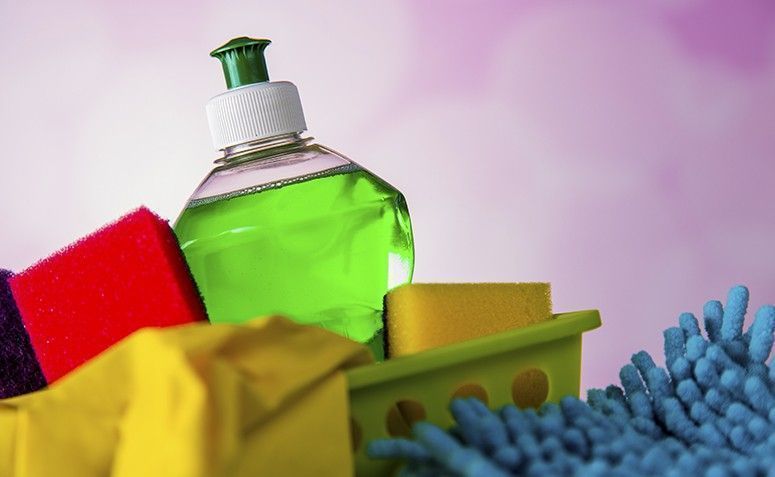
As a result, acidic detergent is the best detergent for removing calcareous deposits around faucets, soap scum in the tub, water stains and toilet bowls, and water-insoluble minerals ( mass and pollution created by hard water) using just detergents
It is possible to clean acid
Now we get to the point where we discuss alkaline detergents, which we are all familiar with
Detergents are powerful, alkaline detergents with a pH of 13 to 14
The pH of general-purpose detergents is generally between 9 and 11
Greasy floors, motors, cooking oils, unclean walls, hoods, and gas and ovens may be cleaned using alkaline detergents
Remember that using very alkaline detergents might cause the floor polish to haze or discolor
We deal with neutral detergents in the last category of detergents
Detergents in this category, with a pH of six to eight, are ideal for daily cleaning surfaces with minimal pollution
Technological advancements in the formulation and manufacture of this group of detergents have allowed them to be used as grease remover
Detergents that are highly acidic or alkaline are frequently labeled as such
These compounds are incredibly corrosive, and they may cause significant harm to the eyes and skin if they come into touch with them
As a result, these materials should be handled with extreme caution and only in exceptional circumstances
It’s worth noting that the degree of corrosion in certain materials is so extreme that it might result in chemical burns, surface damage, or stains
Zwitterionic Detergent
we have described all types of detergent till now, and we are going to explain the zwitterionic structure of detergent
Ionic and nonionic characteristics are seen in zwitterionic detergents
Zeotrion detergents are not purely charged, lack conductivity and electrophoretic mobility, and do not attach to ion exchange resins, just as nonionic detergents
As a result, they’re frequently used in ion-exchange chromatography, electrophoresis, and isoelectric focusing as a substitute for nonionic detergents
They are, nevertheless, excellent in breaking down protein-protein interactions, just as ionic detergents
CHAPS and other steroid-based zeitreagents are less denaturing than linear-chain zeitrion detergents (such as methylamine dioxide)
The natural state of proteins is protected by zoledronic detergents, which do not change the charge of the protein molecules
Sulfobetain is the brand name for Zoetrion synthetic detergents
Isoelectric focusing and two-dimensional electrophoresis are done with Zoetrion cleansers
Over a wide pH range, sulfobetaine retains its zutrionic characteristics
Detergent KA Formula
formula ka detergent has various types of functions
To begin with, the quality of detergents is exceptionally crucial in the manufacturing process since if they are not created at the proper temperature or with the appropriate components, they will lose their quality and, consequently, our detergent will not achieve the desired outcome on the market
Each detergent should be used at its temperature since it was designed for that temperature, and if you use it at a temperature different than that, you will not get the desired results, and some detergents, such as bleach, should be monitored for released gases
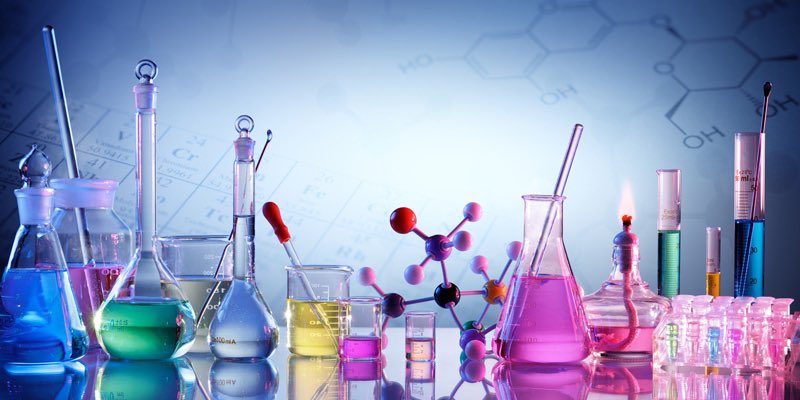
Now we’ll go through the actual makeup of certain detergents in greater detail
Dishwashing liquid is the first detergent we’ll use
One of the reasons for this detergent’s appeal is its gentle and convenient cleaning, and increasing the number of dishes isn’t ineffectual either
The base’s active components are mostly of the anionic kinds listed below:
Group of Alkyl Benon Sulfate
The sulfate group of alkanes
Fatty alcohols in the sulfate group
Fatty alcohols in the glycol ether sulfate group
Nonionic surfactants, such as polyglycol ether of fatty alcohols, are frequently used as part of the primary active ingredients in liquid dishwashing formulations
Bleach, which we have discussed previously, is a popular detergent that people are interested in using
Sodium hypochlorite or bleach may be created under the generic name of bleach, and it’s worth noting that Vitex is the same substance, with its name derived from the first company to manufacture it, and many people have referred to it as bleach since then
They were reading Vitex
This substance’s formula is bleach water mixed with chlorine gas in a sodium hydroxide solution
This is a yellow solution with the ability to whiten by emitting chlorine gas
Quaternary Ammonium Detergent
Detergents containing quaternary ammonium have unique properties and components
These molecules feature a core nitrogen atom with four distinct alkyl groups linked to it; however, new compounds may be made by altering the alkyl group
These chemicals do not have a distinctive odor, but they generate an ammonia-like stench when they decompose in water and react with it
This combo has the following characteristics
It is mentioned that it is non-corrosive, fast-acting, and powerful against bacteria and germs
These compounds are now employed as antimicrobials in detergents because they keep their antimicrobial properties throughout a wide range of temperatures
Cleaning fruits and vegetables, sewage sanitation, and disinfection of industrial and medical devices are only a few examples
A few things to remember about using this combo; it is generally safe for external usage and has edible properties, although it should be avoided in contact with the eyes, skin, and mouth
To the degree that we have had substantial operations in detergent, it has been demonstrated to us over time that providing helpful information to our readers and customers would raise people’s awareness of the items around them and merchants’ expertise
Be a step ahead of their goods in terms of technological knowledge
As people understand the product, they will be able to discriminate between the good and the bad
